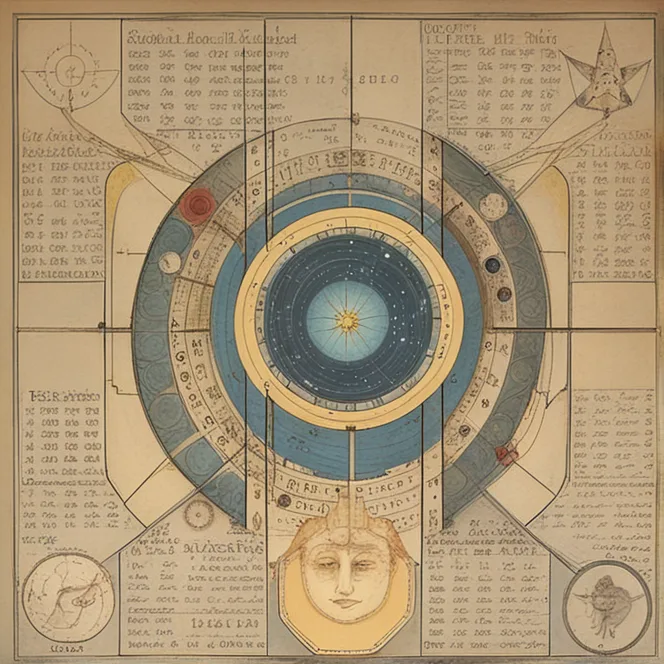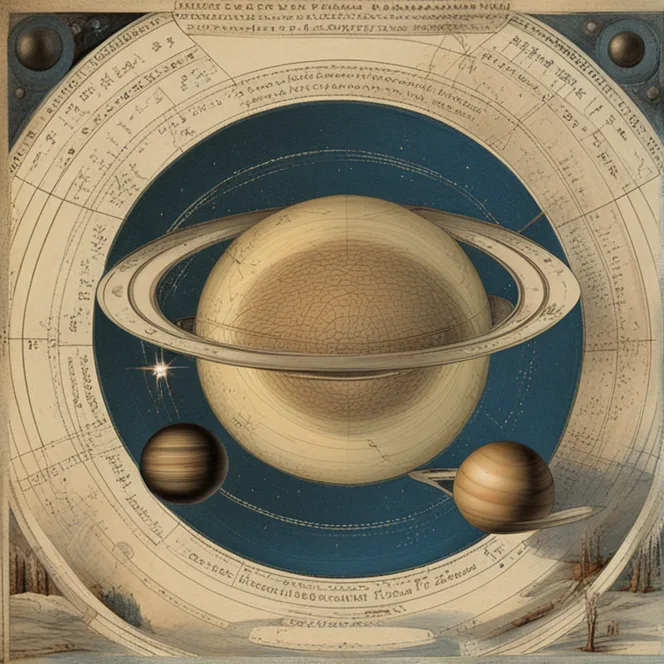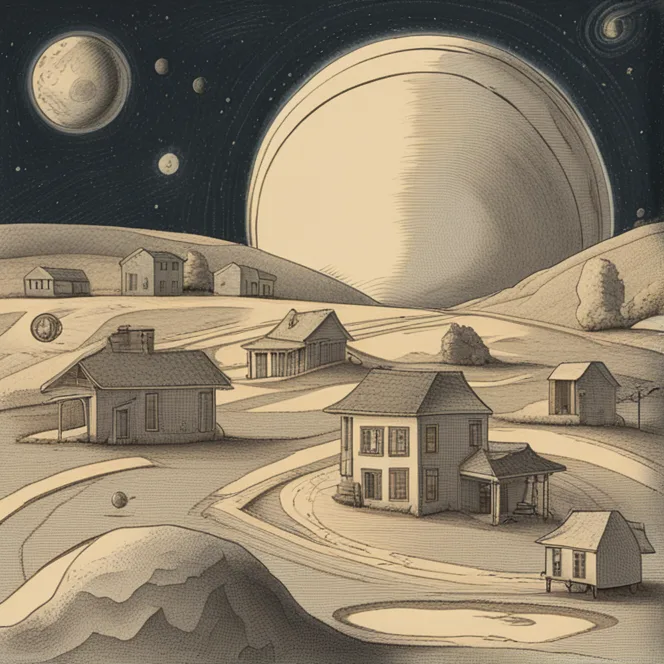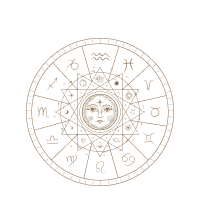
Exploring Astrology: Houses & Planets
Delve into the foundations of astrology through an insightful exploration of the astrological houses and their planetary rulers.
article by Priya Deshmukh
The Zodiac's Foundation
Astrology extends far beyond our daily horoscopes; it is an ancient system where celestial bodies are believed to influence human affairs and natural phenomena. At its core lie the astrological houses and planets, each with its distinct spheres of life and character. The zodiac wheel is divided into twelve houses, and every planet, including the Sun and the Moon, hold sway in these domains. Understanding these fundamentals grants us deeper insight into our personal astrological blueprints and the complex dance of the cosmos.

Celestial Spheres of Influence
The divisions within the zodiac wheel mirror the sectors of an individual's life, each house overseeing a unique aspect. The First House begins with the self, identity, and personal approach to life, whereas the Second House relates to possessions and values. Planets transiting these houses color these life areas with their individual energies and qualities. As we move counterclockwise around the chart, we encounter themes of communication, home, creativity, work, partnerships, transformation, philosophy, achievements, society, and the subconscious.

Planetary Rulerships
Each astrological sign is ruled by a specific planet, which adds a nuanced layer to interpreting the astrological chart. The fiery sign of Aries, for example, is ruled by Mars, endowing it with assertiveness and willpower. Venus, the planet of love and beauty, rules both Taurus and Libra, offering a perspective on the material world and relationships. Recognizing the interplay between the ruling planets and their respective signs within the houses gives a more detailed and personal reading.

Interpreting the Natal Chart
A personal natal chart is a snapshot of the sky at the moment of one’s birth, marking where each planet resided in the houses. Astrologers interpret these positions to reveal potentials and challenges within one's life. For instance, an individual with Mercury in the Third House may have a natural aptitude for communication, while Saturn in the Tenth House could signify a disciplined approach to career and public image. Each planet’s placement suggests a tale waiting to unfold through life's experiences.

Transits & Progressions
Astrology is not only static but also dynamic, with transiting planets moving through the houses over time, triggering events and phases of growth. Progressions are another predictive technique where astrologers advance the natal chart to reflect personal development. Understanding how transiting planets interact with natal placements offers a predictive aspect to astrology, hinting at specific times for opportunity and challenge.
Harmony and Tension among the Stars
Not all planetary interactions are harmonious. Tense aspects between planets can indicate periods of conflict or growth, while harmonious aspects can signal ease and beneficial periods. These cosmic relationships paint a more complex and human picture of our lives – one filled with ebbs and flows, triumphs and trials, reflective of the intricate celestial tapestry from which astrology is woven.
Embarking on an Astrological Journey
Whether one is new to astrology or a seasoned stargazer, delving into the houses and planets can be an enriching journey. By recognizing our births as a celestial event tied to a vast cosmic order, astrology houses and planets guide us in understanding ourselves and our place within the universe. While the stars may incline, they do not bind; ultimately, our free will and choices carve the path forward.
Published: 12/8/2023
Modified: 12/8/2023
More predictions
Come back here soon to learn more about yourself and your future


Unlocking Astrology: The Meaning Of Houses
Explore the fundamental roles of the twelve houses in astrology and how they influence your life, personality, and destiny.


Unlocking The Secrets Of Birth Chart Houses
Explore the intriguing world of astrological houses in a birth chart and discover how they influence your life journey and personality.


Unlocking The Secrets Of The Zodiac's 12 Houses
Explore the meaning and significance of the 12 astrological houses in the realm of astrology, and understand their impact on personal horoscopes.